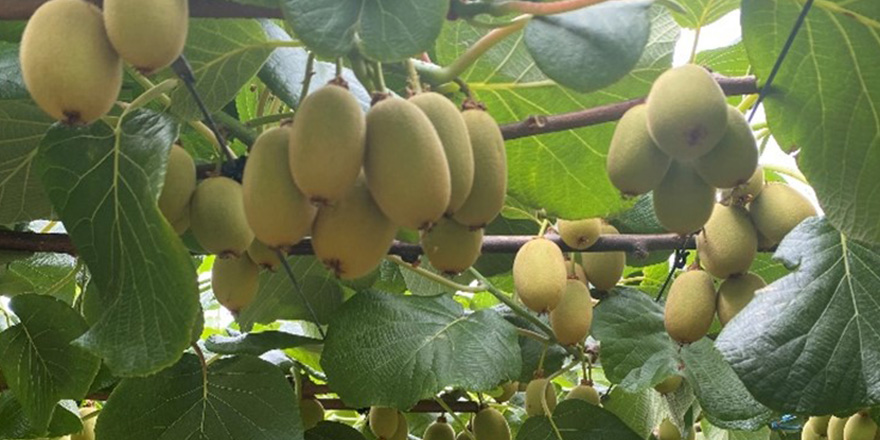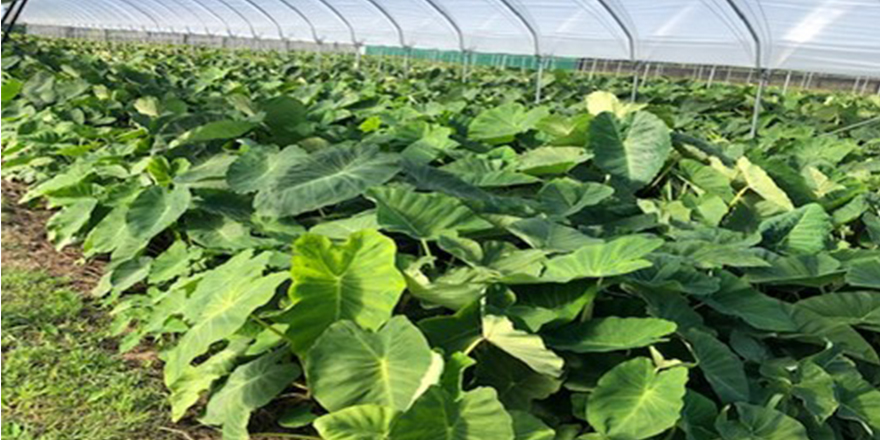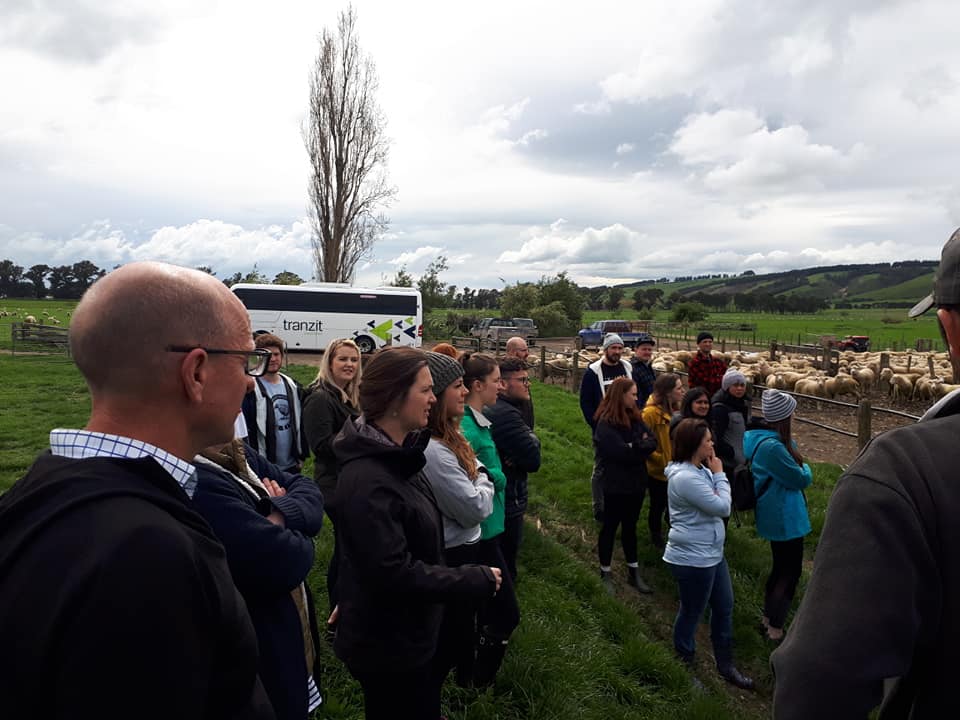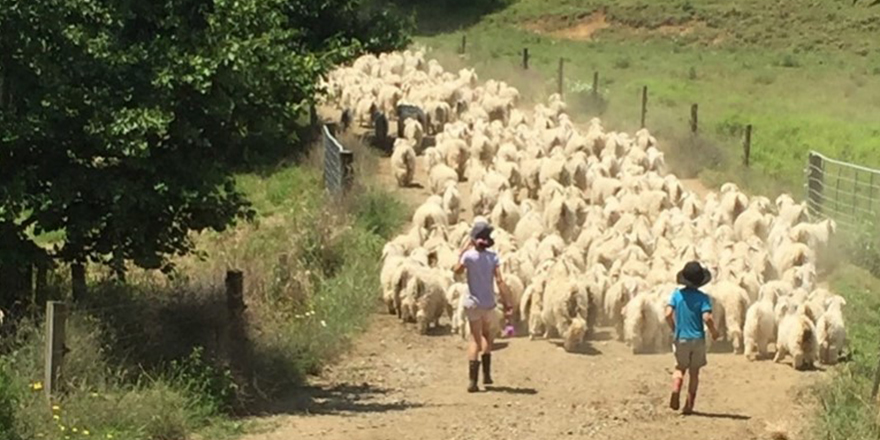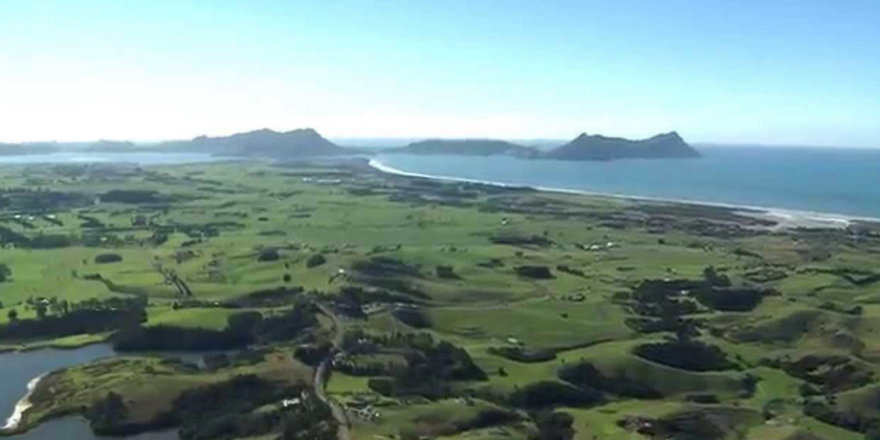
Executive Summary
Whenua (land) is valuable. It is a place for us to live, to make a living and to grow food and materials we need for ourselves and export. Across New Zealand, huge variations in landforms, soil, and climate influence how land across the country can best be utilised and managed (Ministry for the Environment, 2021).
The state of our land today is a legacy of the ways previous generations used it. Some former land uses limit how we can use it today. In the same way, our choices about land today can be irreversible and will affect future generations and the potential production and profitability of our industry.
The Northland Region of New Zealand is a vital province for agriculture, horticulture, and forestry and, with its subtropical climate and mixed topography, offers a key competitive advantage.
A range of factors can drive land-use change, all of which tend to interact and influence each other and can be generally categorised into the following areas:
- Biophysical Factors
- Economic Factors
- Societal Factors
- Regulatory Factors
- Environmental Factors
These five factors are all interrelated. They are all equal in importance and in most cases, an aggregation of drivers will need consideration. An individual’s risk appetite, as well as any future succession plans, will also influence these decisions.
A person or entity’s drivers for change will be unique and must be treated as such. They could include:
- Looking to make a change to either reduce risk or maximise financial return (economically driven)
- Seeking an enterprise or activity that is more aligned to them personally (interest- driven)
- To improve the environmental impact (environmentally/regulatory driven)
Good land-use decisions depend on being well informed and understanding the trade-offs between profitability, physical land characteristics and environmental sustainability. To achieve all aspects, a mosaic approach to land uses may be required across the rural landscape in Northland. Many land uses can complement each other, helping to:
- Spread financial risk by diversifying investment
- Reducing environmental impact
- Improve the overall sustainability of the farm
- Creating succession options
There are three main aspects of land-use change and diversification identified in the Northland Region that are prominent today. I believe these factors will also be of most significant consideration moving forward into the future. The three main aspects are environmental considerations (primarily availability of water and the use of forestry to reduce our impact on climate change and emissions), economic considerations (profitability and access to capital), and regulatory considerations (subdivision of rural land). Four examples have been given based on these factors.
From the research completed in this report and my professional experience, I make the following recommendations:
- I suggest further analysis and information on current land use is required to ascertain what enterprises are covering what land areas in Northland. Similarly, information on soil types is difficult to obtain and is generally high level. Statistics are primarily restricted and usually well out of date. Information at a district or regional level could assist in future land-use decision making.
- I suggest further investigation and research into different land uses, specifically for the Northland region, including new crops or subtropical varieties. We need to share our knowledge and experiences so others can make informed decisions regarding land use diversification.
- I propose the availability of specialist consultants who can be accessed easily by farmers to assist landowners in uncovering potential land-use change options and what would best suit them as people, their land, and the viability. Having previous case study examples would assist with this.
- I advocate that water storage investment for the Northland region remains a priority, and I recommend the proposed water storage sites continue to go ahead, as well as an investigation into other potential future sites.
- I suggest local councils continue to plan urban development and weigh up the requirement of residential housing versus products produced from highly productive agricultural land.
Download and read the full report here

